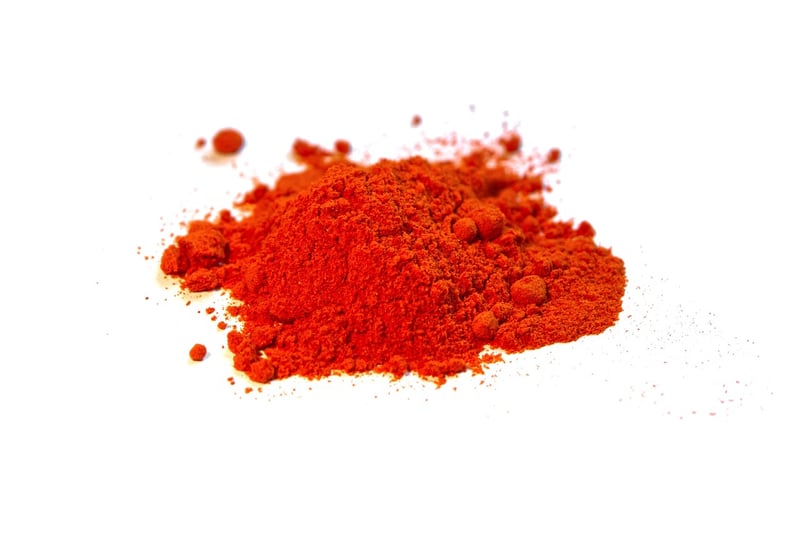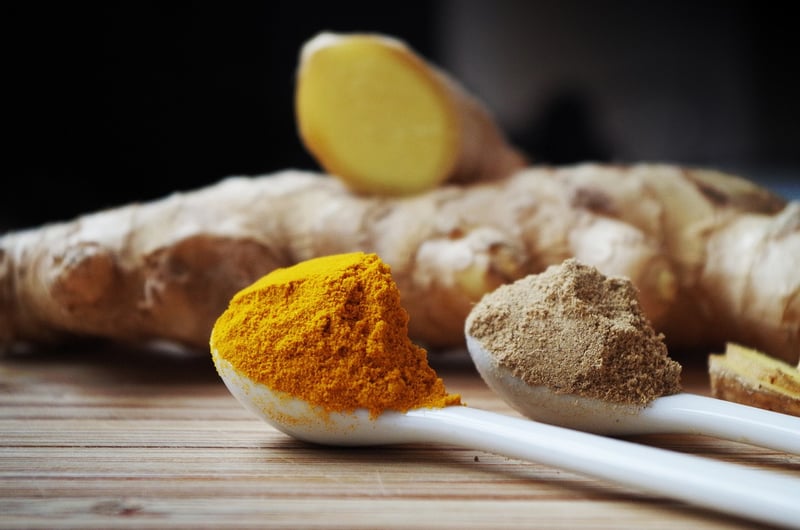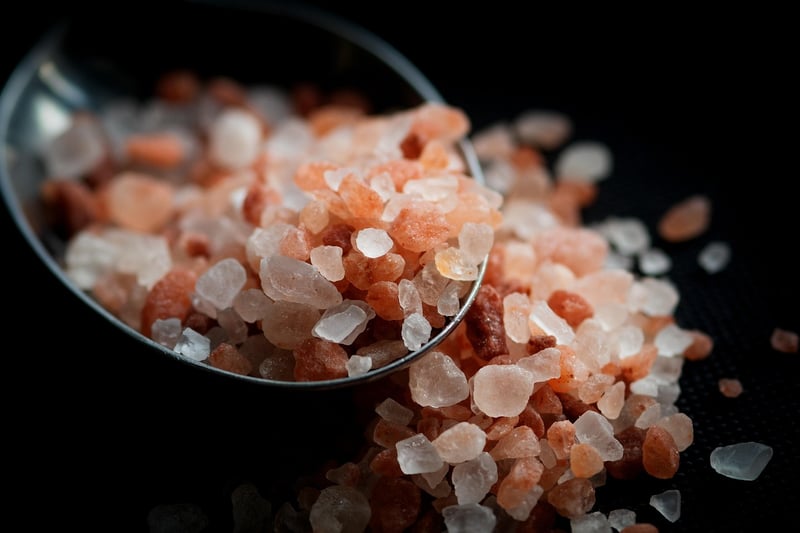Ethnic Spices
Exploring Key Components: Ethnic Spices
Welcome to a flavorful journey through the world of ethnic spices! From vibrant colors to intense aromas, ethnic spices play a crucial role in adding depth and richness to dishes from various cultures. Let's dive into the key components that make these spices so special.
1. Cumin
Cumin, with its warm and earthy flavor, is a staple in many cuisines, including Mexican, Indian, Middle Eastern, and North African. It adds a distinct nuttiness to dishes like tacos, curries, and couscous.

2. Garam Masala
Garam masala is a traditional blend of ground spices commonly used in Indian and South Asian cooking. This aromatic spice mix often includes cinnamon, cardamom, cloves, and peppercorns, lending warmth and complexity to dishes like biryani and curries.

3. Paprika
Paprika, made from dried and ground bell peppers or chili peppers, is a versatile spice that ranges from mild to hot. It is a key ingredient in Spanish chorizo, Hungarian goulash, and various dishes from the Mediterranean region.

4. Turmeric
Turmeric, known for its vibrant golden color, is widely used in Indian, Southeast Asian, and Middle Eastern cuisines. This spice not only adds a warm and peppery flavor but also offers various health benefits due to its anti-inflammatory properties.

These are just a few examples of the diverse and aromatic ethnic spices that enhance culinary experiences around the globe. Experimenting with these key components can elevate your dishes and introduce you to new and exciting flavors from different cultures.
Remember, when using ethnic spices, start with small amounts and adjust to taste to experience the true essence of each spice. Happy cooking and exploring the world of ethnic spices!
